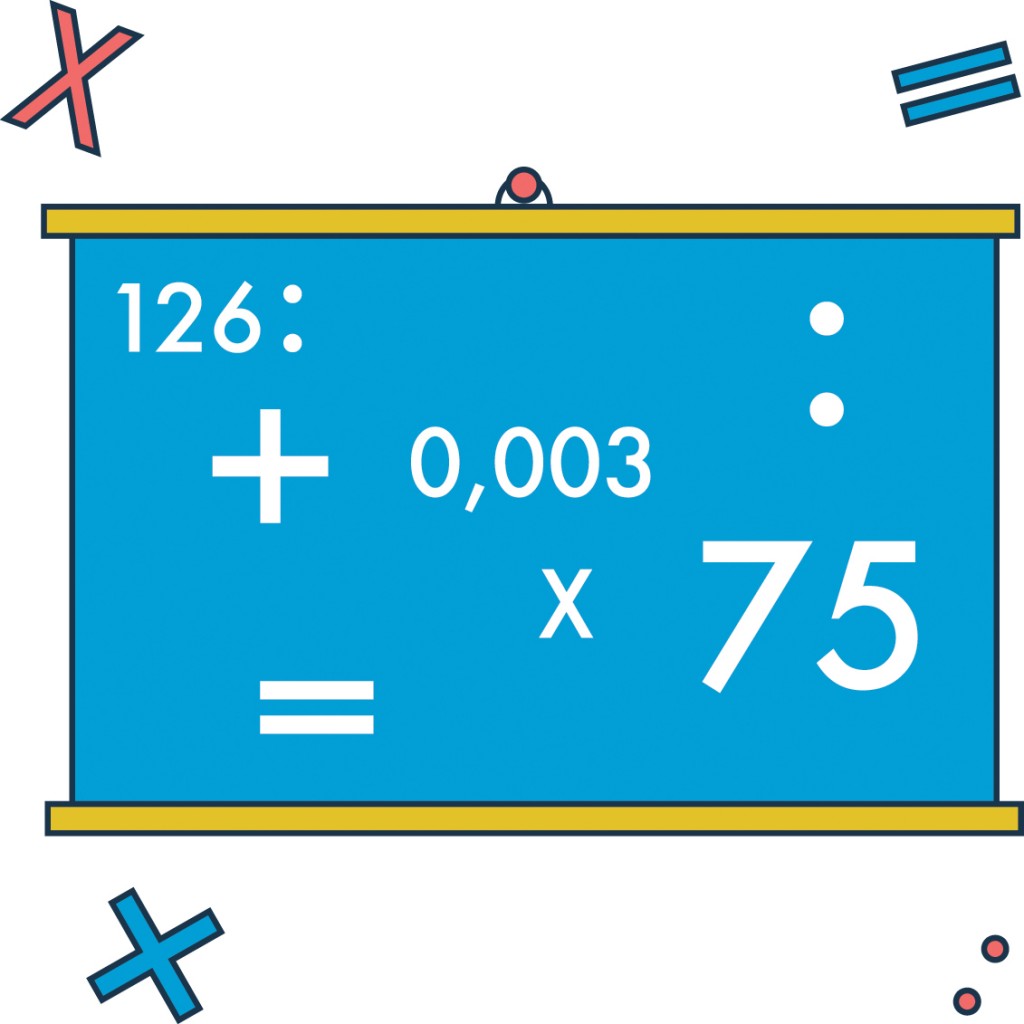
There is a common misconception that the majority of benchmark skills shifted across grade levels, and traditional problem solving methods and algorithms are not part of the new standards – this is simply not true.
In fact, the new standards are not a new method of teaching as noted in rants across the internet. The new standards simply define what students should know and be able to do by the end of each grade level. This has been the function of standards since the very beginning.
Unfortunately, not every example of curricular materials is high-quality, and there are many instances where the solution is so convoluted that it is comical and/or rant-worthy, which often results in the social media firestorms. Other times, the chosen target is a tool that the parent simply doesn’t understand. One of the more recent cases of this is the father that wrote a check using “Common Core numbers.” He simply didn’t understand the tool his child’s teacher was using to teach number sense: 10-frame cards.

It is possible to develop problems that meet the expectations of the new standards without painting a target on your back.
To make the most of your planning time, available resources, and instructional forte:
- Analyze your grade level standards to determine all the traditional skills and concepts that are included in the new standards.
- Keep a list of the Mathematical Practices Standards handy to identify when each fits your instruction and student responses.
- Organize materials and activities by domain and/or cluster.
- If you are using materials from a former adoption cycle, you may need to determine what is missing. There are three main reasons that you might find gaps:
- The skill or concept was taught at a different grade level.
- The student engagement with the skill or concept is different than previously taught.
- The student response requires a deeper level of rigor or use of mathematical practices to show understanding.
- Determine how you will fill gaps:
- If you know the grade level at which the skill or concept was previously taught, check with your colleagues who teach that grade level. They may have resources available.
- Analyze released items from the testing consortia to better understand how students may be asked to respond. (Released items for SBAC; Released items for PARCC)
- Perform an internet search, but be aware that not every resource on the internet has been vetted for quality or accuracy. You may find video tutorials, lesson plans, and student worksheets or activities that match your search. Before deciding to use any resources you find, consider:
- Is the resource instructionally valid? Does it teach what it purports to teach?
- Several helpful resources are: the Institute for Mathematics and Education, the National Council of Teachers of Mathematics, Edutopia, and, for parents, Parent Roadmaps to the Common Core Standards – Mathematics.
- If you are using materials from a current adoption cycle, pay close attention to where standards fall in the year’s progression. Make sure there is adequate coverage of the content in the major clusters:
- Know the benchmark testing schedule and tested standards for your grade level.
- Determine when your grade level will complete state testing and back map your curriculum to ensure that you’ve made the most of the first 26-28 weeks of the school year.
- Identify any areas for which there is inadequate standards’ coverage and determine how you will fill those gaps (See above.).
- If you are using materials from a former adoption cycle, you may need to determine what is missing. There are three main reasons that you might find gaps:
